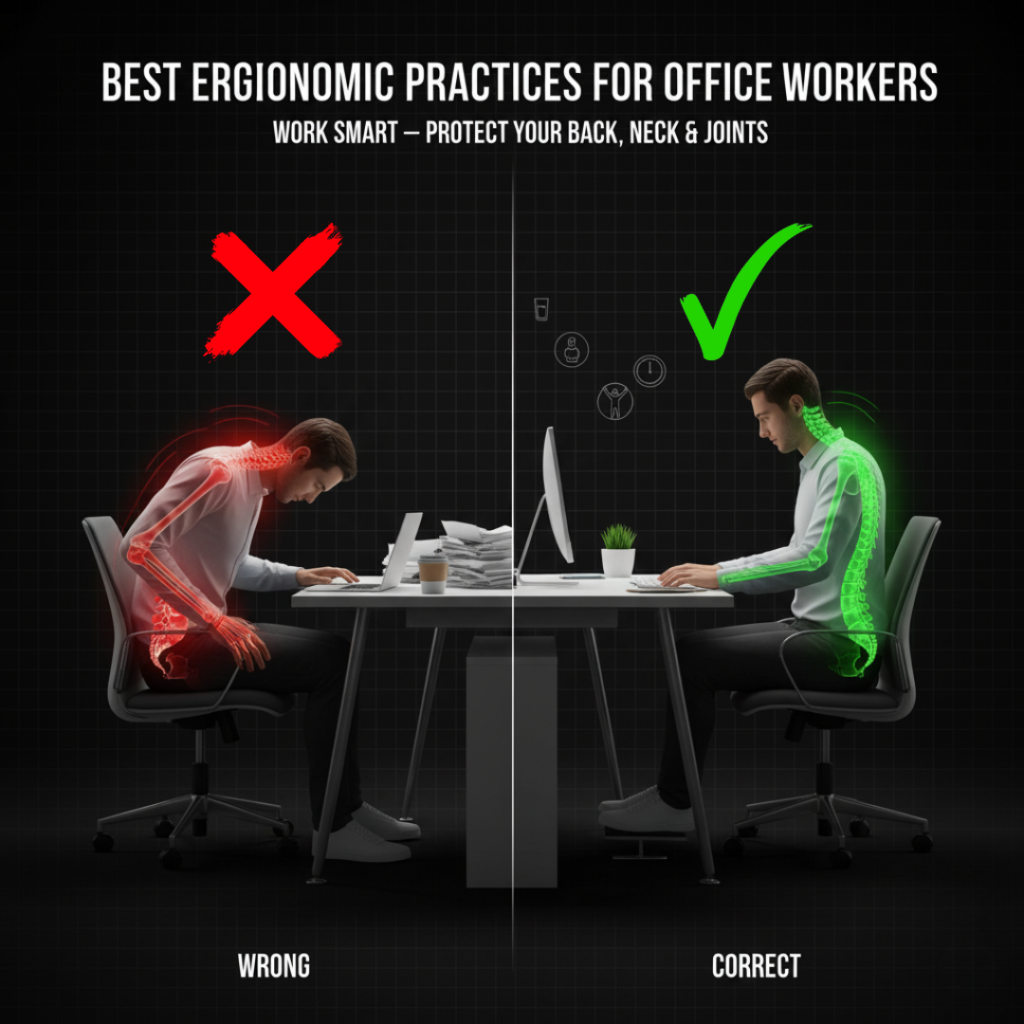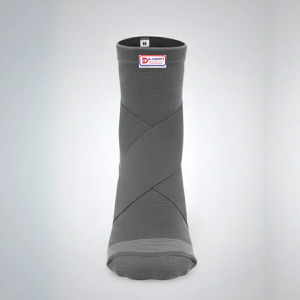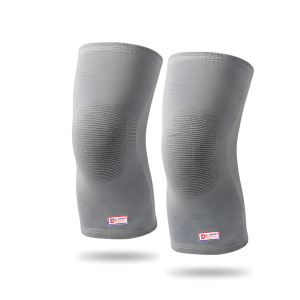Modern office jobs often require long hours of sitting, typing, and staring at screens. While technology has made work easier in many ways, it has also contributed to neck pain, back pain, wrist strain, and chronic discomfort.
At Dr. Sudhir’s Pain Relief Clinic, we frequently see office workers whose posture and workspace setup are silently causing joint and muscle issues. Fortunately, adopting proper ergonomic practices can significantly reduce discomfort and prevent long-term problems.
1. Optimize Your Chair and Desk
-
Chair: Choose a chair with lumbar support and adjustable height. Your back should be fully supported, and feet should rest flat on the floor or on a footrest.
-
Desk: Keep your desk at elbow height to avoid shoulder strain. Avoid desks that are too high or too low.
2. Screen Position Matters
-
Place your monitor at eye level, about an arm’s length away.
-
The top of the screen should align with your eye line, reducing neck bending.
-
Use a laptop stand if necessary, and pair with an external keyboard and mouse.
3. Maintain Proper Posture
-
Sit upright, shoulders relaxed, with your back supported by the chair.
-
Keep elbows at 90–100 degrees, close to your body.
-
Avoid slouching or leaning forward for prolonged periods.
4. Take Frequent Breaks
-
Stand up, stretch, or walk for a few minutes every 30–45 minutes.
-
Micro-breaks reduce muscle stiffness and eye strain.
-
Incorporate simple stretches for neck, shoulders, and wrists at your desk.
5. Keyboard & Mouse Ergonomics
-
Keep your keyboard and mouse close and at the same level to avoid overreaching.
-
Use a wrist rest to maintain neutral wrist alignment.
-
Avoid resting wrists on the desk edge while typing.
6. Organize Your Workspace
-
Place frequently used items within easy reach to avoid twisting or stretching repeatedly.
-
Keep cables and clutter away from your legs to maintain proper seating posture.
7. Consider Supportive Gear
If you experience wrist, knee, or back strain, ergonomic support devices can help:
-
Wrist rests and ergonomic keyboards
-
Lumbar cushions
-
Ankle and knee support binders
At Dr. Sudhir’s Pain Relief Clinic, we often recommend these simple tools combined with corrective exercises to prevent chronic discomfort.
8. Incorporate Movement & Exercise
-
Short walks, desk stretches, and core-strengthening exercises reduce muscle fatigue.
-
Regular exercise supports spinal health, keeps joints flexible, and improves circulation.
Final Thoughts
Ergonomics isn’t just about comfort — it’s about preventing long-term pain and maintaining productivity. Small changes to your workspace and habits can have a huge impact on your spinal health, joint stability, and overall well-being.
If you already experience discomfort from office work, early intervention is key.
📍 Visit Dr. Sudhir’s Pain Relief Clinic for personalized ergonomic advice, physiotherapy, and non-surgical pain relief solutions.
Call our specialists at +91 91636 95790.







